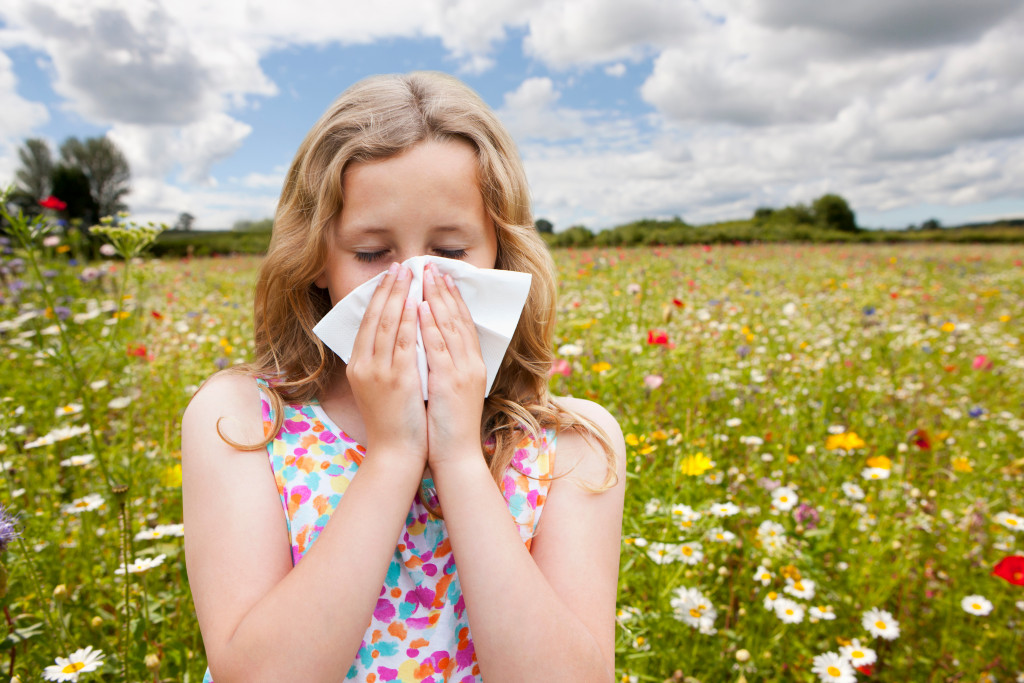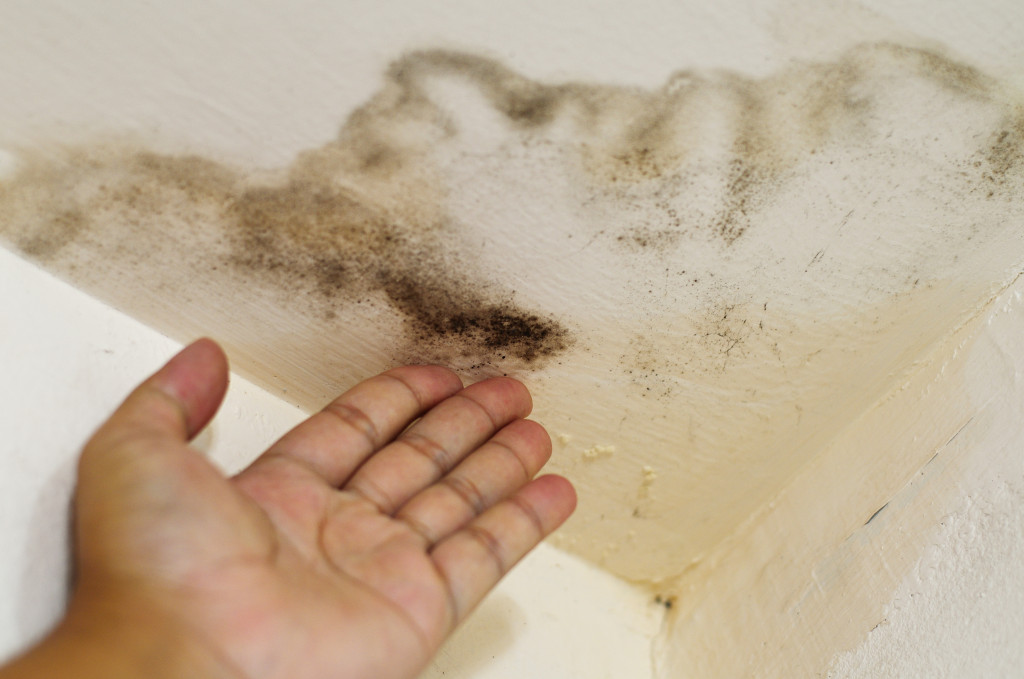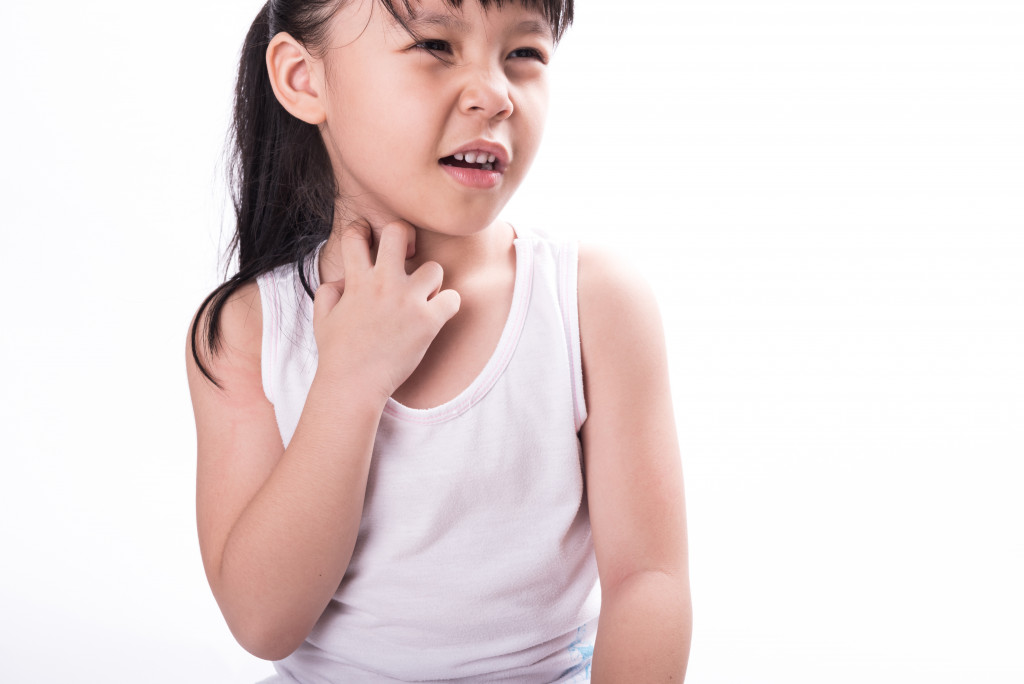- Allergies are on the rise in American children, with one in five having food allergies and 25% of these cases being severe.
- Genetics play a role in passing down allergies from parents to their children.
- Airborne allergens such as pollen, dust mites, and animal dander can cause allergic reactions.
- Food allergies from peanuts, milk, eggs, wheat, soy, and fish should be monitored closely.
- Prevention techniques include landscaping care, cleanliness, reducing mold exposure, and avoiding certain foods depending on allergies.
Allergies can be a frustrating and uncomfortable experience, especially for children. Seeing your child struggle with allergies is hard, but understanding what triggers them is the first step in helping them manage their symptoms. Here’s what you need to know about allergies among children in the U.S., why it’s happening, and ways to reduce their allergic attacks over time.
Allergies Among American Children
It’s a known fact that allergies among children in the U.S. are on the rise. According to a CDC survey, one in five American children now have food allergies, and 25% of these cases are considered severe. Asthma rates among American children have also increased significantly over the last few decades, with 1 in 10 kids between ages 6-17 diagnosed with asthma each year.
Genetics
Genetics plays a significant role in allergies. If one or both parents have allergies, there is a higher chance that their child will develop them too. Allergies can pass down from generation to generation, and it’s essential to be aware of your family’s history of allergies. Children with allergic parents are more prone to develop allergies, both seasonal and food-related, so it’s crucial to be proactive and make lifestyle changes that can help prevent allergies.

Airborne Allergens
Airborne allergens are easy to inhale, especially for children, as they spend more time outdoors. Pollen, dust mites, and animal dander are commonly found in the air and can aggravate allergy symptoms. Managing your child’s environment is one of the most effective ways to prevent allergies. Keep your home dust-free by vacuuming regularly and changing air filters every three months. You can also limit your child’s exposure to pollen by keeping your doors and windows closed during peak allergy seasons.
Food Allergies
If your child has a food allergy, it can be a significant concern for you. Food allergies can cause various symptoms, ranging from hives to life-threatening reactions such as anaphylaxis. Common food allergens include peanuts, milk, eggs, wheat, soy, and fish. The best way to prevent these allergies is by being mindful of what your child consumes. Be careful when introducing new foods to them, and read food labels before serving any dish.
Allergic Rhinitis
Allergic rhinitis, known as hay fever, is a seasonal allergy affecting millions worldwide. It occurs when the immune system reacts to harmless substances such as pollen, dust, and pet dander. Symptoms of allergic rhinitis include sneezing, runny nose, and itchy eyes. Recognizing the triggers that cause allergic rhinitis is essential to prevent it. If necessary, talk to your child’s pediatrician for a proper diagnosis and medication.
Poor Immune System
A weak immune system can make your child more susceptible to allergies. Lack of sleep, poor nutrition, and lack of physical activity can all contribute to a weak immune system. To strengthen your child’s immune system, ensure they get enough sleep and encourage them to eat various nutritious foods. Exercise and outdoor activities are also crucial for strengthening your child’s immune system.
Prevention
Thankfully, there are some ways you can reduce the chances of allergic attacks in your household. Here are four ways:
Take Care of Your Landscaping
You must take care of your lawn, especially during allergy season. Regularly mow the grass, rake leaves, and trim shrubs. This will reduce the amount of pollen in your environment. You can contact a local lawn care service to help you with this. The service can also provide you with all-natural lawn and garden products to reduce the risk of allergies.
Keep a Clean Home
Dust and pet dander are common triggers of allergies. To reduce these allergens, it’s important to vacuum regularly and keep your floors clean. It’s also helpful to wipe down surfaces often and clean up messes ASAP. Change your bedding once a week or more, and use dust mite covers for pillows, mattresses, and other bedding items.

Reduce Mold
Mold can be another trigger for allergic reactions in children. To prevent mold from growing in your home, use dehumidifiers or air conditioners to keep areas dry during humid months. Check behind appliances, under the sink, and in damp areas for mold. Clean up any mold you find as soon as possible.
Avoid Certain Foods
If your child has food allergies, avoiding these foods is essential. Teach your child to recognize common allergens on food labels and ensure they know which foods to avoid. If you’re unsure about a food item, keeping it safe and avoiding it is best.
Allergies can be difficult for children—and their parents—but understanding what triggers them is key to helping manage their symptoms. It’s essential to understand the genetic component that may affect allergies in your family and be aware of airborne allergens and foods that can trigger an allergic reaction. You can make a huge difference in minimizing your child’s allergic attacks by making lifestyle changes and avoiding certain foods. With the right approach to prevention and management, you can help ensure that your child lives without allergies.



















